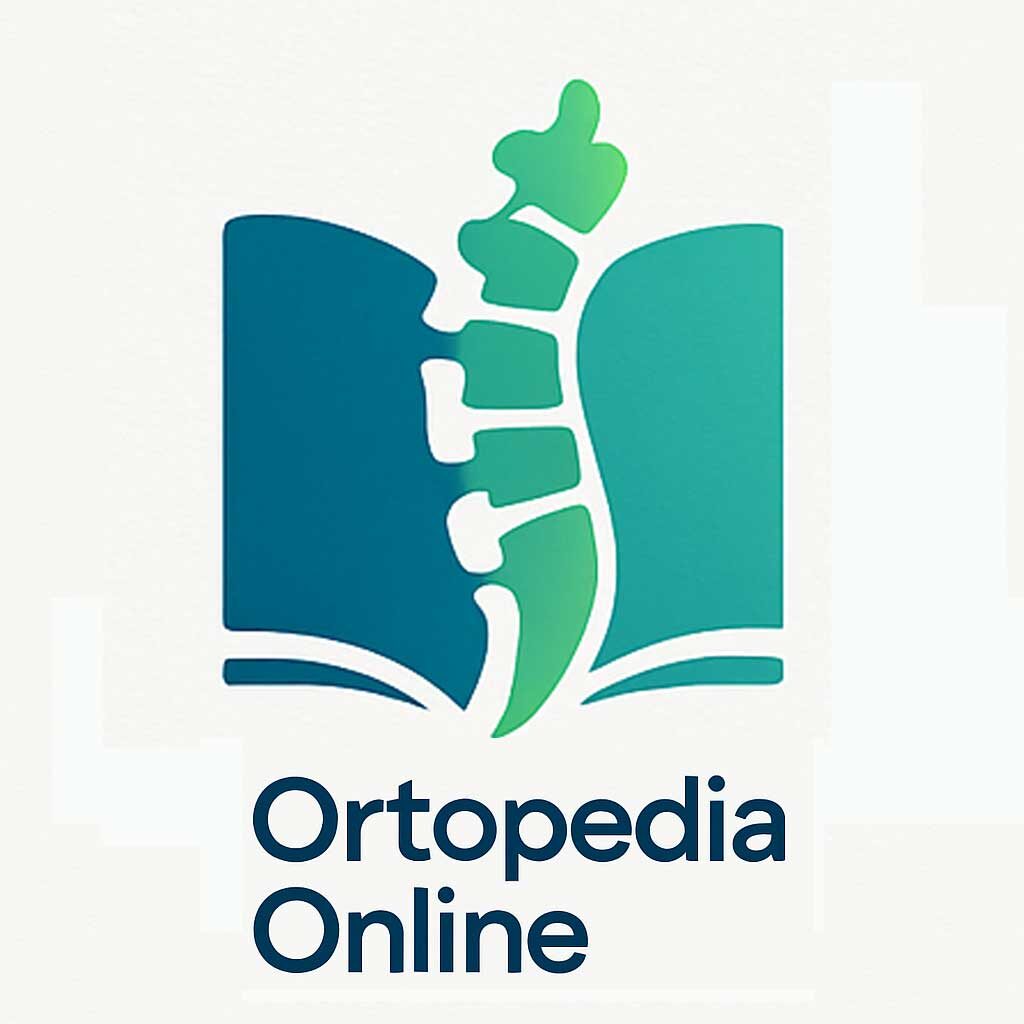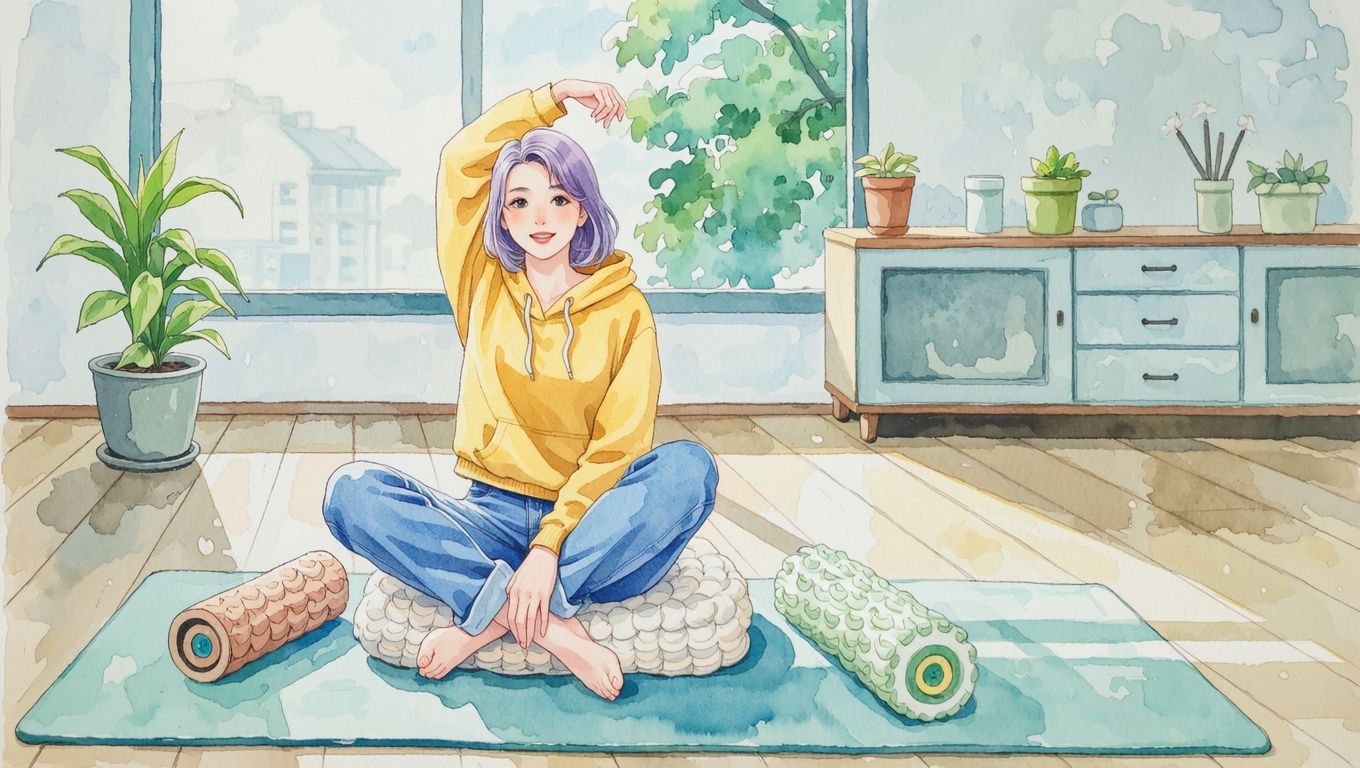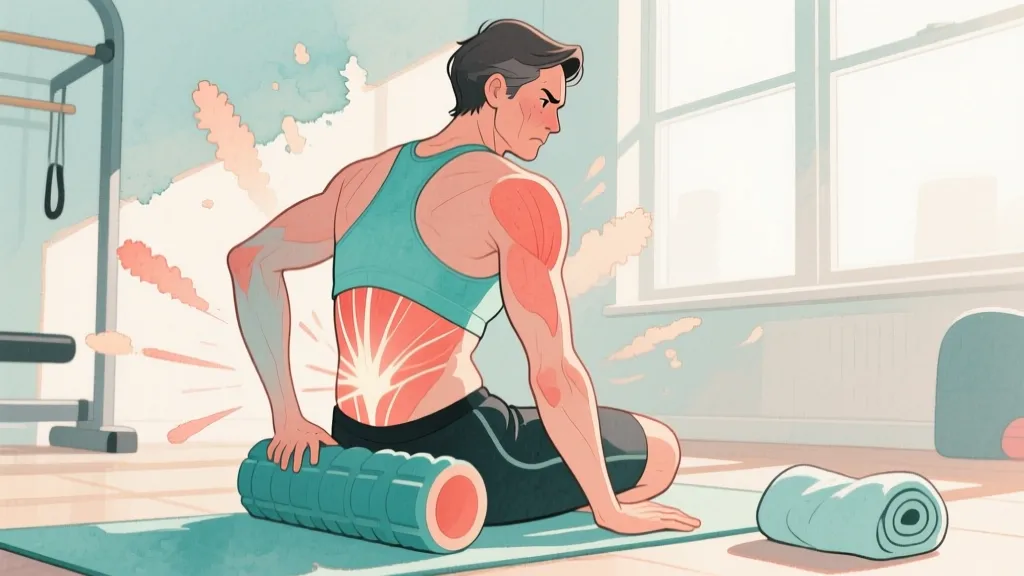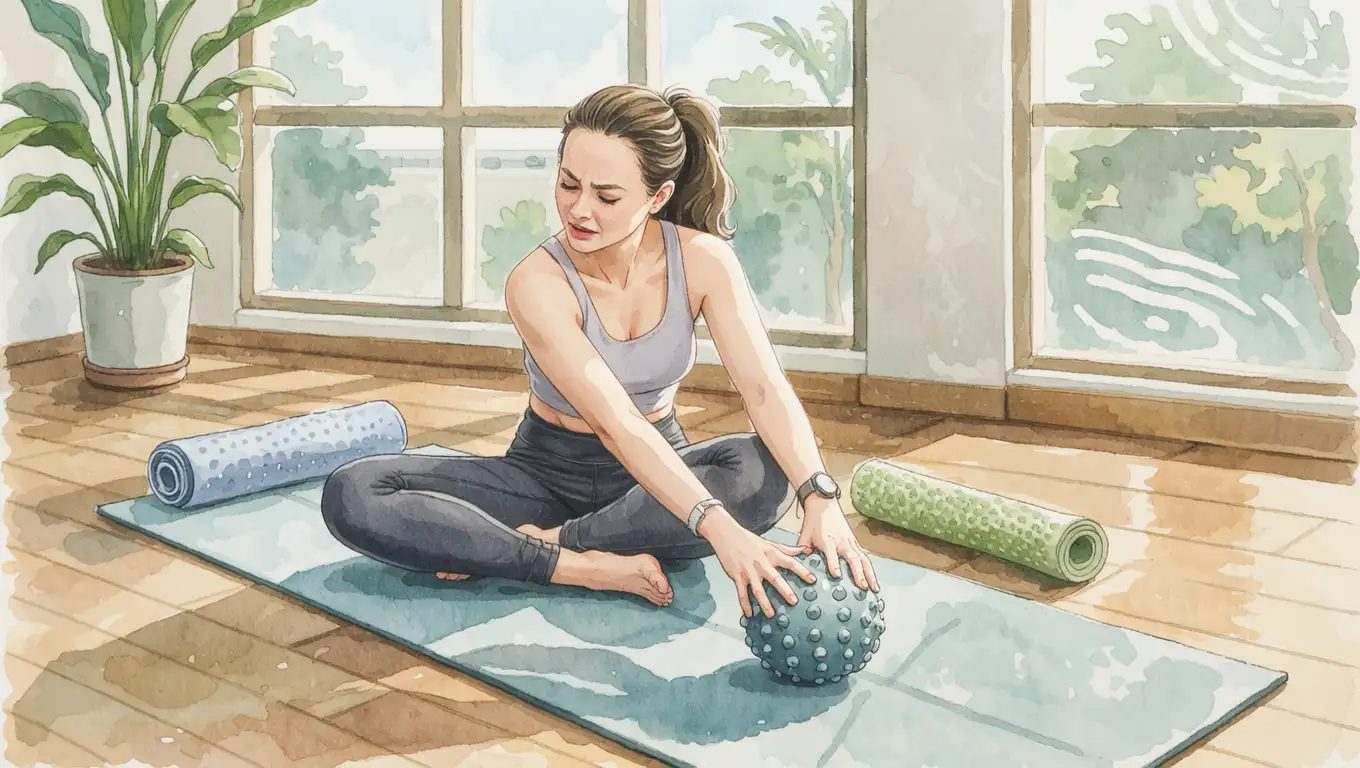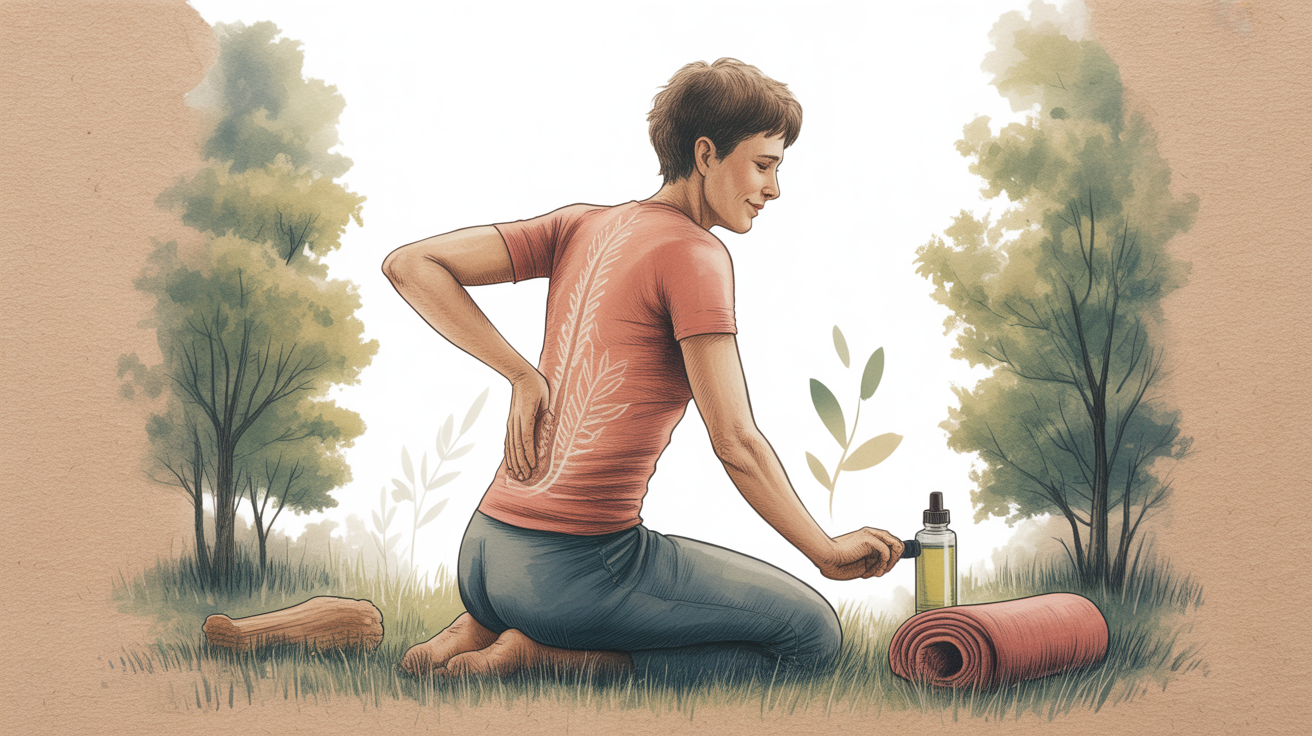Navigating Osteoarthritis: A Comprehensive Guide to Symptoms, Diagnosis, and Management
It often starts quietly. Maybe it’s a knee that protests a bit more after a long walk, or fingers that feel stiff and clumsy in the morning. You might blame it on age, or sleeping wrong, or just a random ache. But when that discomfort decides to stick around, becoming a regular, unwelcome guest, it’s hard to ignore. This persistent joint pain is a story many people know well, and it often leads to a diagnosis of osteoarthritis. This term can sound intimidating, often dismissed with a simple “wear and tear” label that doesn’t really capture what it feels like to live with it. Understanding what’s really happening in your joints is the first step toward managing the pain and getting back to living your life, not just enduring it. This isn’t about finding a magic cure, but about gaining clarity and control.
What Is Osteoarthritis, Really? Beyond the “Wear and Tear” Label
When a doctor says “osteoarthritis,” many of us hear “you’re getting old and your parts are wearing out.” And while age is a factor, that explanation is sort of incomplete and, honestly, not very helpful. It makes the condition sound like a one-way street with no exit ramps. The reality is a bit more complex, but also more manageable.
It’s All About the Cartilage
Imagine the ends of your bones where they meet to form a joint, like your knee or hip. They are covered in a smooth, slippery, tough tissue called articular cartilage. Think of it as the protective cap on the end of a chicken bone. Its job is to be a shock absorber and to allow the bones to glide over each other with almost no friction. It’s an amazing material. In a healthy joint, this process is seamless. You bend your knee, and the bones slide effortlessly.
In osteoarthritis, this cartilage starts to break down. It becomes rougher, thinner, and can eventually wear away completely. When that happens, the smooth glide is gone. Instead of a slippery surface, you get a rougher, more resistant one. The joint space narrows, and in advanced cases, you can end up with bone rubbing directly on bone, which is as painful as it sounds.
Why “Wear and Tear” Isn’t the Full Story
The “wear and tear” idea suggests that using your joints is what wears them out, like the tread on a tire. But that’s not quite right. A better way to think about it is that the joint’s natural repair process can’t keep up with the damage. This isn’t just a mechanical problem; it’s a biological one. The entire joint is affected- the underlying bone can change, ligaments can become lax, and the lining of the joint can become inflamed. This is why “what causes osteoarthritis” isn’t a simple question. It’s a combination of factors:
- Age: The risk increases as we get older, as cartilage becomes more brittle and has less ability to repair itself.
- Genetics: Some people are simply more genetically predisposed to developing OA. If your parents had it, your risk is higher.
- Past Injuries: A significant injury to a joint, like an ACL tear or a fracture, dramatically increases the risk of developing OA in that joint later on.
- Weight: Excess body weight puts more mechanical stress on weight-bearing joints like the hips and knees. But fat tissue also produces inflammatory proteins that can contribute to the breakdown of cartilage.
- Repetitive Stress: Certain jobs or sports that involve repetitive stress on a particular joint can also contribute.
So, yeah… it’s more than just simple wear. It’s a dynamic process where the joint’s ability to maintain itself is overwhelmed.
The Common Signs: What Osteoarthritis Actually Feels Like
Osteoarthritis doesn’t just show up on an X-ray; it shows up in your life. The symptoms can be subtle at first and then become more persistent. They are the daily reminders that something in your joint isn’t working as it should.
The Big Three: Pain, Stiffness, and Swelling
These are the classic osteoarthritis symptoms.
- Pain: The pain is often described as a deep, aching feeling. It’s typically worse during or after activity and gets better with rest. For example, your osteoarthritis knee might feel fine when you’re sitting but start to ache after you’ve been walking around the grocery store for a while. As the condition progresses, you might start to feel pain even at rest or at night.
- Stiffness: This is most noticeable when you first wake up or after you’ve been sitting for a long time (like in a car or at a desk). The joint feels locked up and reluctant to move. Morning stiffness from OA usually lasts less than 30 minutes. Once you get up and move around a bit, it tends to loosen up.
- Swelling: The joint might look puffy or feel tender to the touch. This is due to low-grade inflammation within the joint.
That Grinding or Crunching Sensation (Crepitus)
Ever stood up and felt or heard a crunching, popping, or grating sound from your knee? That’s called crepitus. It happens when the smooth cartilage has worn down, and the rougher surfaces of the joint are moving against each other. While an occasional pop or crack can be normal, a consistent, often painful, grinding sensation with movement is a very common sign of crepitus osteoarthritis. It can be unsettling, but it’s a direct result of the physical changes happening inside the joint.
Where It Shows Up: Knees, Hips, Hands, and Spine
While OA can affect any joint, it has its favorite targets.
- Knees: As major weight-bearing joints, knees are a very common site. You’ll feel it going up and down stairs or just walking.
- Hips: Osteoarthritis hip pain is often felt in the groin or buttock area and can sometimes refer pain down to the knee. It can make it hard to put on socks and shoes.
- Hands: In osteoarthritis hands, you might see bony enlargements at the middle or end joints of the fingers. It can cause aching, stiffness, and difficulty with tasks that require fine motor skills, like opening a jar or buttoning a shirt.
- Spine: OA in the spine can cause stiffness and pain in the neck or lower back. It can also lead to bone spurs that may press on nerves, causing radiating pain or numbness.
Getting a Clear Answer: The Diagnosis Process
Living with unexplained joint pain is frustrating. Getting a diagnosis isn’t about getting bad news; it’s about getting clarity. It’s the moment you stop guessing and can start forming a real plan.
The Conversation with Your Doctor
The most important diagnostic tool is you. Your story matters. A doctor will start by asking a lot of questions.
- Where exactly does it hurt?
- What does the pain feel like (achy, sharp, burning)?
- When is it worst? In the morning? After activity?
- Does anything make it better?
- Have you had any past injuries to that joint?
- Does anyone in your family have arthritis?
Then comes the physical exam. The doctor will look at the joint for swelling, tenderness, and redness. They will move the joint through its range of motion to see how far you can move it and to feel for any crepitus. They’ll also check the stability of the joint and the strength of the surrounding muscles. This history and physical exam provide a huge amount of information. In many cases, a doctor can make a confident diagnosis of OA based on this alone.
What an X-ray Can (and Can’t) Tell You
An X-ray is often the next step in understanding how is osteoarthritis diagnosed. An X-ray can’t see cartilage directly, but it can show the consequences of cartilage loss. A doctor will look for a few key things: narrowing of the space between the bones in the joint, changes in the bone underneath the cartilage, and the presence of bone spurs (osteophytes).
But here’s a tricky part people often get wrong: the severity of your OA on an X-ray does not always match the severity of your pain. You can have an X-ray that looks terrible but have relatively little pain. Or, you can have a “mild” looking X-ray and be in significant discomfort. The X-ray is one piece of the puzzle, not the whole picture.
Ruling Out Other Things
Sometimes, your doctor may order other tests to make sure nothing else is going on. Blood tests are often used to rule out inflammatory types of arthritis, like rheumatoid arthritis. There’s no blood test for osteoarthritis, so a normal result helps confirm the OA diagnosis. In rare cases, if the diagnosis is unclear, an MRI might be ordered to get a better look at the soft tissues like cartilage, ligaments, and menisci. This helps differentiate between osteoarthritis vs rheumatoid arthritis, which is critical because the treatments are very different.
The Foundation of Management: Movement and Lifestyle
When a joint hurts, the last thing you want to do is move it. The natural instinct is to protect it, to rest it, to leave it alone. But for osteoarthritis, this is one of the biggest mistakes you can make. The foundation of managing OA isn’t a pill; it’s smart, consistent movement.
The Paradox: Why You Need to Move When It Hurts
Movement is medicine for an arthritic joint. Here’s why:
- It Nourishes Cartilage: Cartilage doesn’t have its own blood supply. It gets its nutrients from the synovial fluid that bathes the joint. Movement acts like a pump, circulating this fluid and pushing nutrients into the cartilage.
- It Strengthens Muscles: The muscles around your joints act as shock absorbers. Stronger muscles take stress off the joint itself. For an arthritic knee, for example, strengthening your quadriceps is one of the most effective things you can do.
- It Improves Range of Motion: Inactivity leads to more stiffness. Gentle movement helps maintain and even improve your flexibility.
Small Wins: Finding Your Starting Point with Exercise
The phrase “get more exercise” can feel overwhelming when you’re in pain. Forget about running a 5k. The key is to start small and build momentum.
- How to begin: Start with what you can do, not what you think you should do. Can you walk to the end of your driveway and back without much pain? Great. Do that every day for a week. The next week, try going a little farther.
- What to do: Focus on low-impact exercises for osteoarthritis. Things like walking, swimming, water aerobics, and cycling are excellent. They get your heart rate up and work your muscles without pounding on the joints.
- Small wins: Celebrate the little victories. Being able to get up from a chair with less effort or walking through the grocery store without leaning on the cart- these are real signs of progress.
The Weight Factor: It’s Not About Guilt
This can be a sensitive topic, but it’s a critical one for weight-bearing joints like the hips and knees. It’s not about blame or shame; it’s pure physics. For every pound of body weight you have, you put about four pounds of pressure on your knees when you walk. So, losing just 10 pounds can take 40 pounds of pressure off your knees with every step. This can make a massive difference in pain levels and can also slow the progression of the disease. Thinking of it as a mechanical load problem, rather than a moral failing, can make it feel much more approachable.
Tools for the Toolbox: Medications and Therapies
While lifestyle is the foundation, there are many other tools that can help manage symptoms, especially during flare-ups. Think of these as things you can add to your toolbox to help you stay active and comfortable.
Over-the-Counter Options and Topical Relief
For mild to moderate pain, many people start here. Acetaminophen (Tylenol) can be effective for pain relief but doesn’t address inflammation. Nonsteroidal anti-inflammatory drugs (NSAIDs) like ibuprofen (Advil, Motrin) and naproxen (Aleve) target both pain and inflammation. Topical options- creams, gels, and patches that you apply directly to the skin over the sore joint- are also a great choice. They can contain NSAIDs, capsaicin, or salicylates. The big advantage of topicals is that they have fewer systemic side effects than oral pills, making them a safer first-line option for many.
Prescription Meds and Injections
When over-the-counter options aren’t enough, your doctor might suggest something stronger. This could be a prescription-strength NSAID. Another major tool is injections directly into the joint.
- Corticosteroid Injections: A “cortisone shot” involves injecting a powerful anti-inflammatory medication directly into the joint. This can provide rapid and significant osteoarthritis pain relief that can last for several weeks or months. They are very useful for calming down a painful flare-up.
- Hyaluronic Acid Injections: Sometimes called “viscosupplementation,” this involves injecting a gel-like substance that acts as a lubricant and shock absorber into the joint. The results are more variable than with steroid shots, but they can provide relief for some people, especially in the knee.
The Role of Physical and Occupational Therapy
Therapists are like coaches for your joints. A physical therapist can design a personalized exercise program to strengthen the right muscles and improve your range of motion. An occupational therapist can help you find ways to perform daily tasks with less stress on your joints, recommending assistive devices or new techniques for everything from cooking to getting dressed.
When Is It Time to Talk About Surgery?
For many people, surgery is the last resort, but it can also be a life-changing one. The conversation about osteoarthritis surgery, most often a joint replacement, typically starts when the pain is severe, constant, and significantly interfering with your quality of life, and when you’ve exhausted all the more conservative treatment options. A total knee or hip replacement is a major procedure, but it has a very high success rate for relieving pain and restoring function. The decision is a personal one, made in partnership with your family and your orthopedic surgeon.
Quick Takeaways
- Osteoarthritis is more than “wear and tear”- it’s a biological process affecting the whole joint.
- The pain on your X-ray doesn’t always match the pain you feel.
- Movement is medicine. Even a little bit is better than none.
- Losing even a small amount of weight can take a huge load off your knees and hips.
- Strengthening the muscles around a joint is one of the best things you can do for it.
- Surgery is a last resort, but it can be an incredibly effective one when the time is right.
- You are the most important part of your treatment team.
Conclusion
A diagnosis of osteoarthritis can feel like a life sentence of pain and limitation. It’s easy to focus on what you can no longer do, on the stiffness in the morning and the ache at the end of the day. But that’s not the whole story. Understanding this condition is the first step toward taking back control. It transforms the problem from a vague, scary “arthritis” into a specific set of challenges that have specific solutions. The journey is about building a toolbox- filled with the right exercises, smart lifestyle choices, effective therapies, and appropriate medications.
I learned the hard way that “toughing it out” is a terrible strategy for joint pain. I ignored a nagging hip pain for years, writing it off as just part of getting older. But ignoring it didn’t make it go away; it just made my world smaller. I stopped going for long walks, I avoided stairs, and I made excuses. The biggest lesson was that seeking help wasn’t a sign of weakness; it was the first step toward strength. Getting a clear diagnosis and a plan gave me power over the pain, and that’s a feeling everyone living with this condition deserves to have.
FAQs
1. What’s the difference between osteoarthritis and rheumatoid arthritis?
Osteoarthritis is a degenerative, “wear and tear” condition where the cartilage in a joint breaks down over time. Rheumatoid arthritis (RA) is an autoimmune disease where the body’s own immune system attacks the lining of the joints, causing chronic inflammation. RA is systemic, often affects joints symmetrically (both knees, both hands), and comes with symptoms like fatigue and fever, while OA is typically confined to the affected joints.
2. Can osteoarthritis be cured?
Currently, there is no cure for osteoarthritis, as we cannot regrow lost cartilage. However, it is a very manageable condition. The goal of treatment is to reduce pain, improve function, and slow the progression of the disease through a combination of lifestyle changes, therapy, medication, and, if necessary, surgery.
3. What is the best exercise for osteoarthritis?
The best exercises are low-impact activities that don’t pound on the joints. Excellent choices include swimming, water aerobics, cycling (on a stationary bike or flat ground), walking, and tai chi. Strengthening exercises, especially for the muscles around the affected joint (like the quadriceps for the knee), are also crucial. The “best” exercise is ultimately the one you will do consistently.
4. Does cracking your knuckles cause osteoarthritis in the hands?
This is a popular myth, but scientific studies have found no evidence to support it. The sound from cracking your knuckles is thought to be caused by gas bubbles popping in the synovial fluid. While it might annoy people around you, it does not appear to increase your risk of developing osteoarthritis hands.
5. Can diet affect osteoarthritis?
While no specific diet can cure OA, some dietary patterns may help manage symptoms. A diet rich in anti-inflammatory foods- like those found in the Mediterranean diet (fish, olive oil, fruits, vegetables, whole grains)- may help reduce inflammation. Also, maintaining a healthy weight through a balanced diet is one of the most effective ways to reduce stress on your joints and manage OA symptoms
